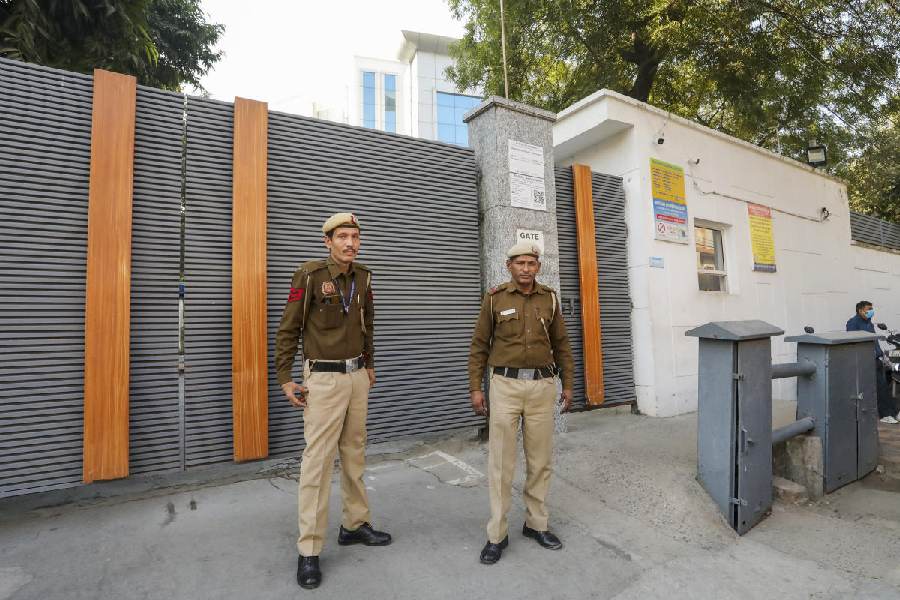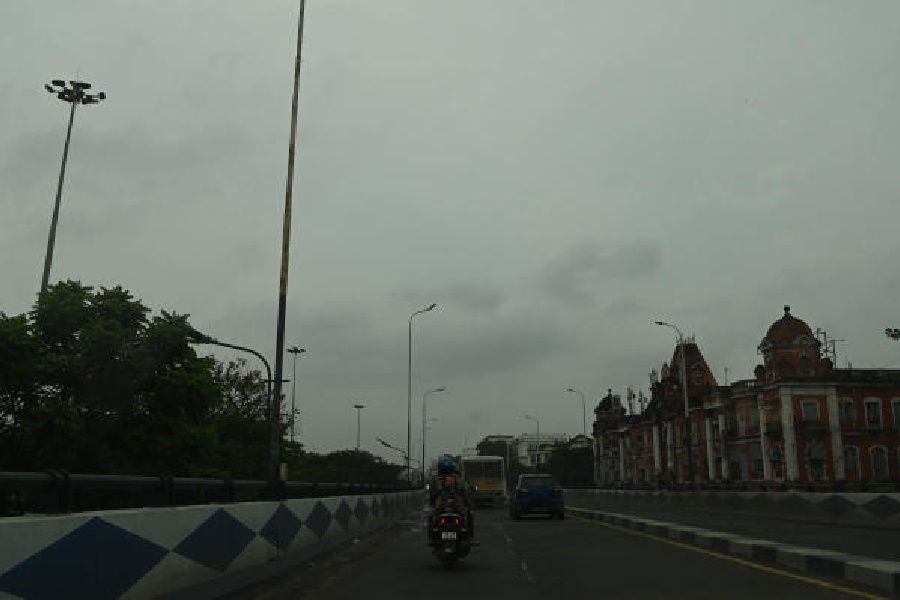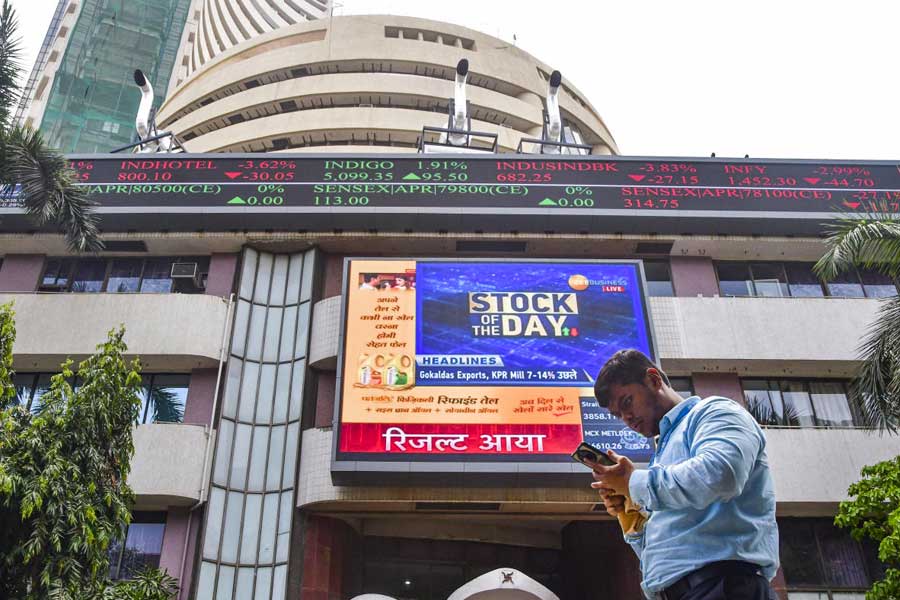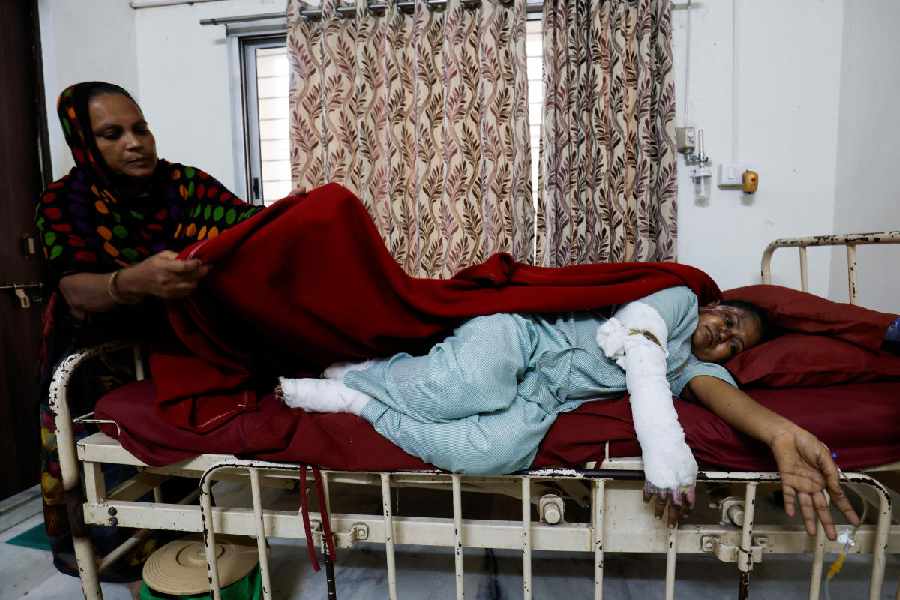
Calcutta: Mud crabs will be reared in plastic boxes on Henry's Island in South 24- Parganas as part of a pilot project aimed at preventing fishermen from falling prey to tigers in the Sunderbans.
Every year, scores of fishermen in the Sunderbans are killed by tigers while catching crabs in the creeks.
"If successful, the experiment could go a long way in bringing down such deaths," said Soumyajit Das, managing director of the State Fisheries Development Corporation (SFDC), which owns 900 hectares of water bodies across the East Calcutta Wetlands, Salt Lake, Rajarhat, Henry's Island, Frasergunj, Digha and other parts of the state.
This is the first time crabs will be farmed in cages in the state, the corporation officials said.
The SFDC has procured 200 boxes made of polymer fibre for the project. Each perforated box will hold a single crab. The boxes will be placed on a floating wooden frame on the brackish water bodies. Food, mainly crab feed, will be given through the holes in the box.
The crabs will be taken out of the boxes once they weigh around 150 to 200 grams. "It can take two to four months, depending on the size of the seeds," Mondal said.
Crablings will be procured from the Central Institute of Brackishwater Aquaculture (CIBA) in Chennai for the project. "The seeds should arrive by next month. But we want to start the experiment with local crablings from this month," said Bijan Mondal, general manager (technical), SFDC.
The officials hope the project will also help increase production for the export market. Crabs are in great demand in China, Thailand, Taiwan, Singapore, Malaysia, South Korea and Japan.
More than 70 per cent of the crabs caught in Bengal are exported. But exports from other coastline states are still higher in volume than Bengal. Bangladesh and Sri Lanka are also bulk exporters of crabs.
"We want to increase the production to boost export," Das said.
If successful, the experiment could be replicated in the Sunderbans, he said.
Two villagers were recently attacked by a tiger in Sunderbans' Pirkhali forest after they entered a creek in a boat and jumped on the banks to catch crab. Both are feared dead.
The project's success could also stop bulk catching of crabs that affects the delicate ecosystem of the mangrove forests, Das said.
There are several other factors that make caged farming economically viable, said the officials. Controlled production and pricing are among them. At present, a fisherman sells a kilo of crabs for less than Rs 100. In the market, it fetches more than Rs 600.
"We want to bridge this gap," Mondal said.
The mortality rate of crabs will also go down if they are farmed in boxes. "In creeks, bigger crabs often kill the smaller ones. There is no such possibility in cages, where there will be one crab in each box," he said.










